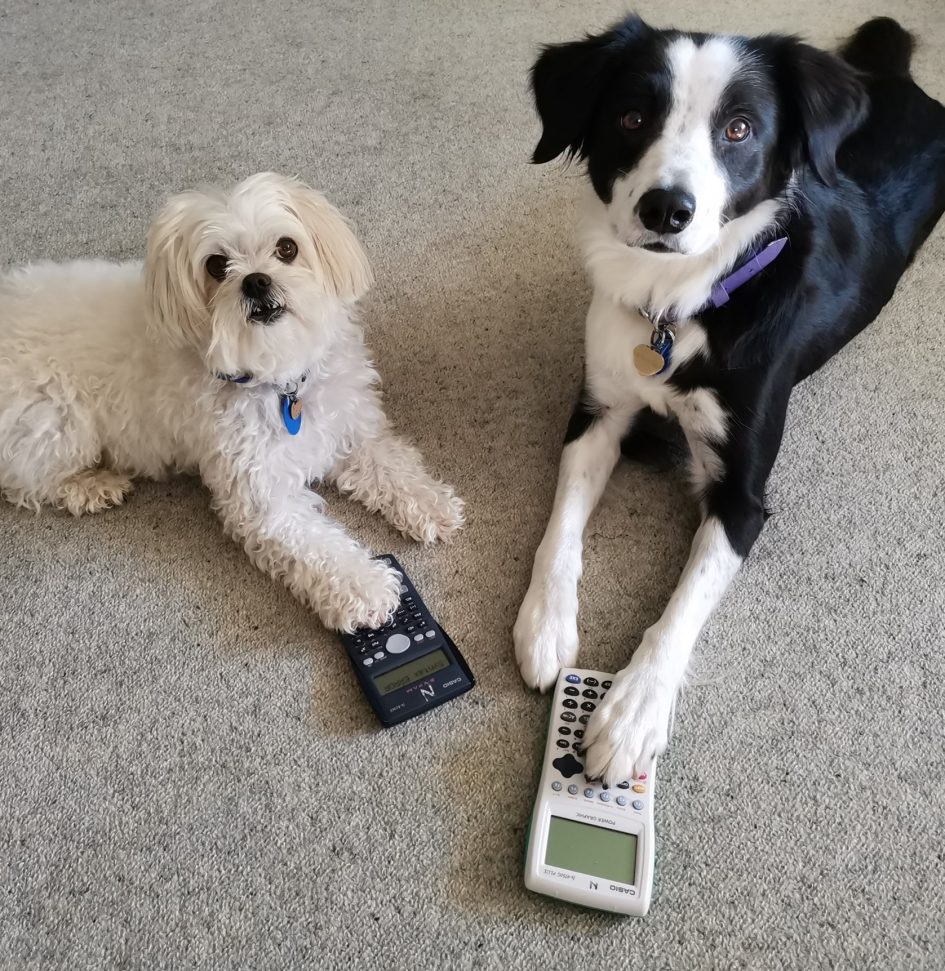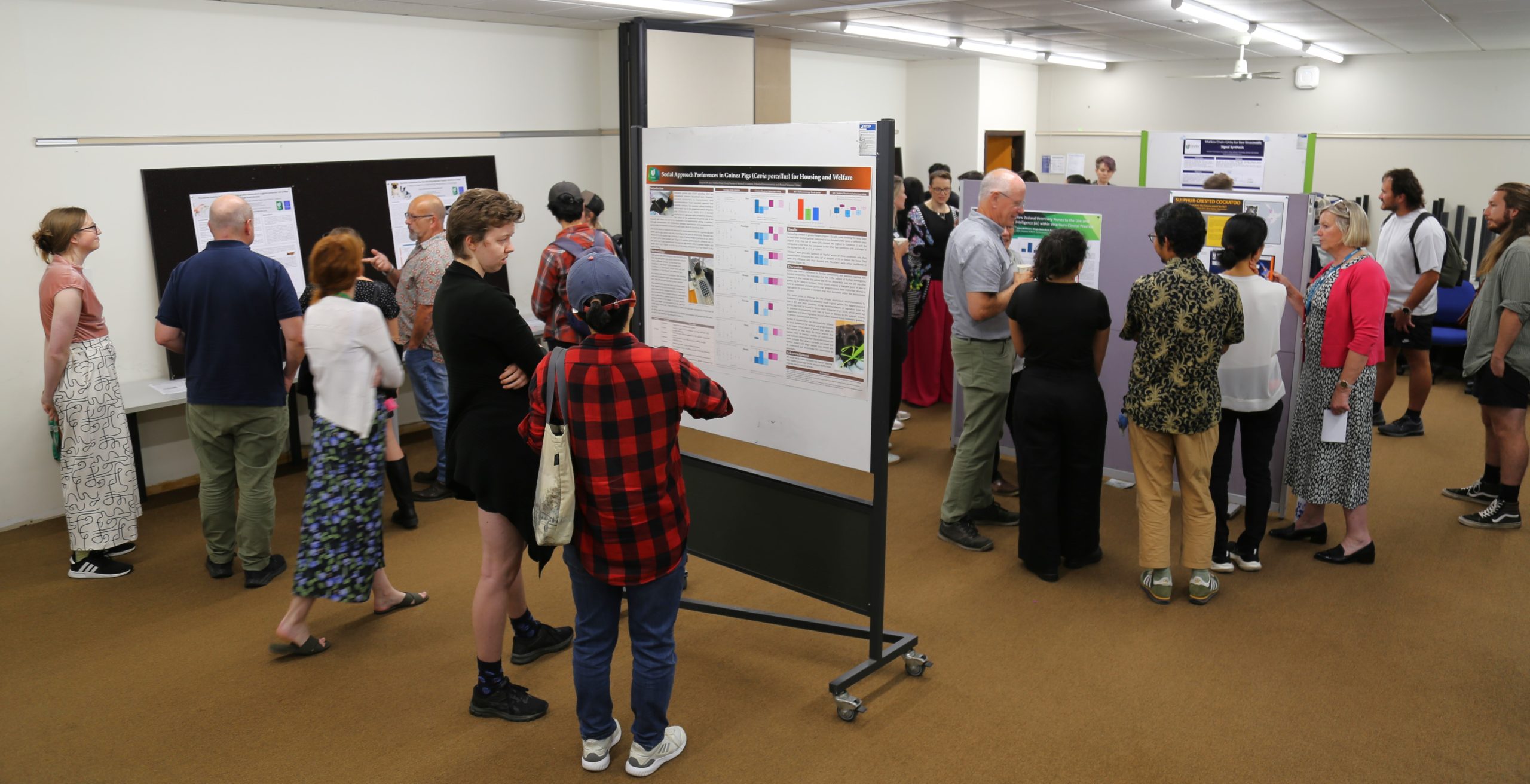Everyone knows that dogs are ‘man’s best friend’. Dogs are members of the family and guardians spend a lot of time, energy and money on attending to their dog’s needs. We also know that our dogs can sniff out the pizza box left under the couch (eww!) and can locate kids lost in the bush based on a whiff of their shoes. Although their sense of smell is second to none, dogs’ rely on their eyes too. They can identify friend from foe – they are able to recognise people and favourite places (evidenced by the high-pitched yodelling as you approach), and every dog owner will insist they’ve seen their dog with a look of abject panic at the park when they can’t see them. There is also no denying that dogs are ‘intelligent’. So how does their cognitive abilities and sight connect?
In a recent experiment, researchers at Unitec and the University of Waikato have tested the ability of dogs to ‘count’ by training dogs to discriminate visual stimuli that varied in the number of dots, pattern and size of the dots in order to make ‘number’ the distinguishable factor. The dogs were rewarded for selecting the stimuli with 5 dots, in comparison to stimuli of 1, 4, and 9 dots. The dogs showed numerousness, which means they excelled at selecting the stimulus with ‘more’ dots, compared to ‘fewer’ dots. It was exciting that two out of nine dogs were able to discriminate between 4 and 5 dots in 10 trials – remembering that they had to count the dots and touch the stimulus with 5 dots to get the reward. With more training, we do wonder if the other dogs may have learned to count too? In the final condition, the dogs had to perform against their instinct to select the ‘bigger’ stimulus and select the smaller one to receive the reward – most dogs were able to learn this, but it took longer than the first and easier discrimination.
The take home message here is that dogs can discriminate value when the numbers are distant – so 5 versus 1, or 9 versus 5, but they are not able to easily tell the difference between 5 and 4 – because the behaviour required was ‘counting’. But some can! This opens the door to further experimentation and new strategies for cognitive enrichment and training in animals and enhancing the capabilities of working dogs.
The team was made up of Associate Professor Kristie Cameron, a third year Bachelor of Applied Science student Aryan Muzumdar, and a recent graduate of the programme Kayla Briden. Professor Nicola Starkey from the University of Waikato advised on the project.

Written by: Associate Professor Kristie Cameron




